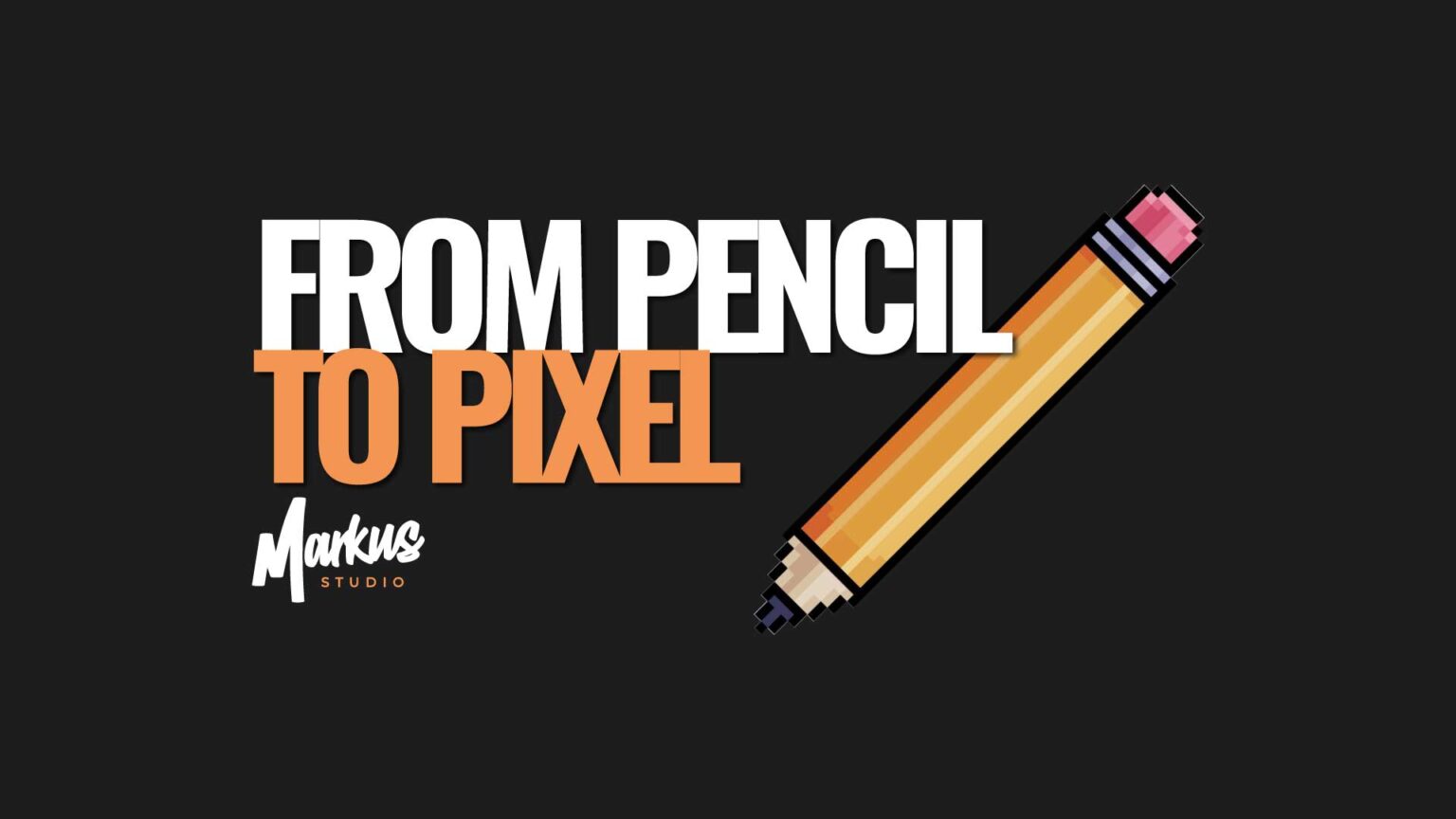

From Pencils to Pixels: The Ever-Evolving Landscape of Learning
The landscape of learning has transformed significantly over the years, transitioning from traditional tools like pencils to modern digital platforms and technologies. This shift has revolutionized the way we acquire knowledge and engage with educational content.
One notable example of this evolution is the introduction of e-learning platforms. These online platforms provide a wide range of educational resources, including interactive lessons, video tutorials, and virtual classrooms. Students can access these materials anytime, anywhere, and at their own pace, making learning more flexible and accessible. For instance, platforms like Khan Academy and Coursera offer courses on various subjects, allowing learners to acquire new skills and knowledge from renowned experts.
Moreover, digital tools have enhanced the learning experience by incorporating multimedia elements. Instead of relying solely on textbooks, students can now engage with interactive content, such as simulations, videos, and games. These multimedia elements not only make learning more engaging but also facilitate better understanding and retention of information. For example, educational apps like Duolingo use gamification techniques to make language learning fun and interactive.
Another significant advancement in the learning landscape is the integration of virtual reality (VR) and augmented reality (AR) technologies. VR allows students to immerse themselves in virtual environments, providing realistic simulations and hands-on experiences. AR, on the other hand, overlays digital content onto the real world, enhancing the learning process. These technologies have immense potential in fields like science, history, and geography, where students can explore concepts and historical events in a more interactive and immersive manner.
Furthermore, the rise of digital collaboration tools has transformed the way students collaborate and communicate with their peers and teachers. Online platforms like Google Docs and Microsoft Teams enable real-time collaboration, allowing students to work together on projects, share ideas, and provide feedback. This not only fosters teamwork but also prepares students for the collaborative nature of the modern workforce.
As the learning landscape continues to evolve, it is important to ensure equitable access to these digital resources. Efforts should be made to bridge the digital divide and provide equal opportunities for all learners, regardless of their socioeconomic background.
In conclusion, the shift from pencils to pixels has revolutionized the landscape of learning. E-learning platforms, multimedia content, VR and AR technologies, and digital collaboration tools have transformed the way we acquire knowledge and engage with educational content. Embracing these advancements can lead to a more inclusive and effective learning experience for students worldwide.
Related Posts
© 2025 Invastor. All Rights Reserved

User Comments